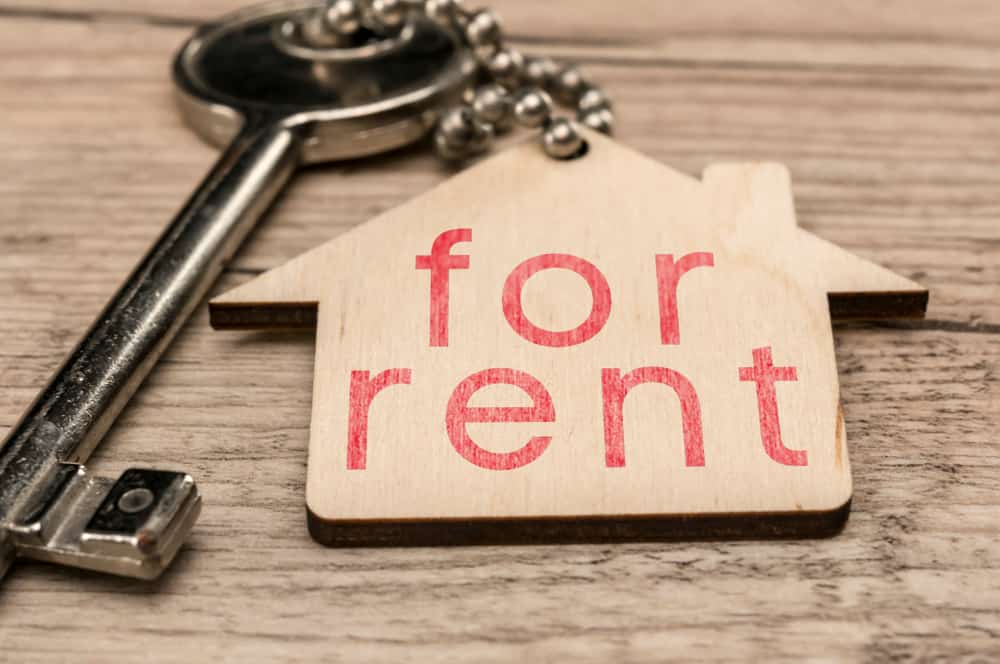
Last month it cost £144 or 16% more a month to move from a one-bed to a two-bed property, more than double the gap (£68 or 8%) in October 2018. This will cost the average tenant an extra £1,728 each year.
The cost of moving from a two-bed to a three-bed has also risen. Last month a tenant would have had to pay an extra £142 or 14% each month to trade up from a two to three-bed home, £30 more than in October 2020. This will cost the average tenant an extra £1,705 each year.
London is the costliest region in the country to trade up, both in absolute and percentage terms. Last month the average two-bed in the capital cost £567 or 42% more each month than a one-bed.
The North East is the cheapest region to swap a one-bed for a two-bed (+£102 or +20%). Compared to last year, the cost of trading up has risen the most in the East Midlands.
Here it cost 12% or £63 more each month to trade a one-bed for a two-bed home than in October 2020. This is because rents on one-bed properties in the region have fallen by 0.2% year-on-year, while two-bed rents have risen by 9.7%.
Nationally rental growth remained resilient in October, with rents rising 7.9% over the last 12 months, the fourth largest annual increase since the lettings index began in 2013.
Outside the capital, rents continued to rise in double digits for the fifth month running, with average rents up 11.0% on the same time last year. With 47% fewer homes available to rent than at the same time in 2020, rental growth is set to remain buoyant into 2022.
Rents rose faster in the South West than anywhere else in the country, up 15.3% annually. October marked the third straight month that rents grew faster in the South West (15.3%) than in any other region.
Meanwhile annual rental growth in inner London is poised to turn positive following 21 consecutive months of falls. Rents in Inner London fell 0.1% in October, the smallest drop recorded since the onset of the pandemic,
Despite this, rents here remain 20% below where they stood on the eve of the pandemic, up from a trough of 30% earlier in the year. In cash terms, this 20% fall means the average property in Inner London cost £530 less than it did during the peak.
Aneisha Beveridge, head of research at Hamptons, said: “The desire for space has been the property trend of the pandemic. While smaller city properties have fallen out of fashion, larger family homes have been in high demand.
“But with rents on larger homes currently rising at twice the rate of smaller properties, it is now more costly for tenants to trade up than ever before.
“The pandemic has marked the first time that we’ve seen such a big divergence in rental growth by property size. Usually, rental growth remains fairly uniform no matter how large the home is, but over the last year the gap between rental growth on smaller and larger properties has widened to around 5%.
“But as more tenants make their return to city centres, many seeking smaller properties, it’s likely that the gap will begin to shrink in the new year.
“There are few signs that rental growth is slowing as the year ends meaning that if growth continues at current rates, we are likely to see rents outside the capital hit £1,000 per month by the middle of next year.
“At the same time, rents in London are starting to recover their pre-pandemic momentum which will serve to bump up the headline rental growth figure nationally.”



